Guest post by Samson Pojdl. 17-year-old filmmaker & VashiVisuals film intern.
WHY FILMMAKING?
In the words of Steven Spielberg, “When you have a dream, it often doesn’t come at you screaming in your face, ‘This is who you are, this is who you must be for the rest of your life.’ Sometimes a dream almost whispers. And I’ve always said to my kids: the hardest thing to listen to — your instincts, your human personal intuition — always whispers; it never shouts… So you have to, every day of your lives, be ready to hear what whispers in your ear… And if you can listen to the whisper… and it’s something you think you want to do for the rest of your life, then that is going to be what you do for the rest of your life, and we will benefit from everything you do.”
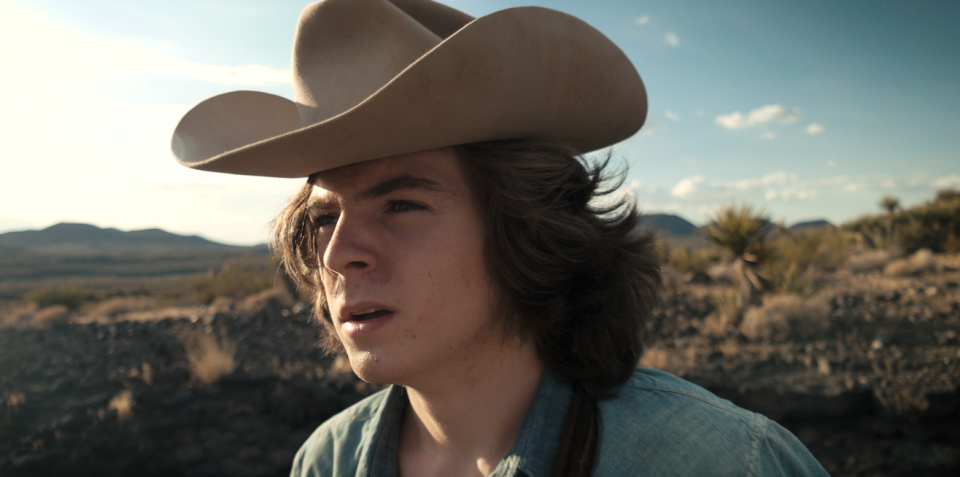
Here I am filming a scene in the Mojave desert for the short film THE SEED shot and directed by
Vashi Nedomansky
My name is Samson Pojdl and I was born and grew up in London, England. When I was 8-years-old, I moved to Switzerland because of my dad’s work. When I was 12-years-old, I moved to America to better my education. I am now a 17 year-old high school senior in Florida studying film and video.
Back in Europe, going to the movies was irregular. But I had family in America, so whenever I traveled there, my grandma and I would see movies together as often as possible. At the time it was only PG movies but that was enough to instill in me the wonder that would carry into my teenage years. Sitting through all those movies as a child built some tangible dream of what I wanted to do with my life, except I was not aware of it back then. When I returned to Europe, the theater was not in my backyard like it was in America, so whenever I went back to Florida it was one of the things I looked forward to the most.
2015…it had been five years since I moved to America and my interest for film had only subconsciously blossomed. Then came 10th grade, a year when I thought I had to decide what I wanted to be for the rest of my life. As abnormal as that sounds, I had this idea that if you wanted to be great at something, you would have to start learning about it at the youngest possible age. The way I approached my decision to make films for the rest of my life felt unnatural. Maybe I was just scared to be stuck with a job I would be unhappy with that I came to conclusions about my future all too quickly. I was only 15. People told me I had plenty of time to decide what I wanted to do with my life, but I did not listen. So, I frantically searched for what I loved, what drew me in and made me lose track of time—essentially what I thought I could do till the day I die. First, it was creative writing, then it was screenwriting, and lastly it was both directing and screenwriting. But I was naïve and needed guidance.
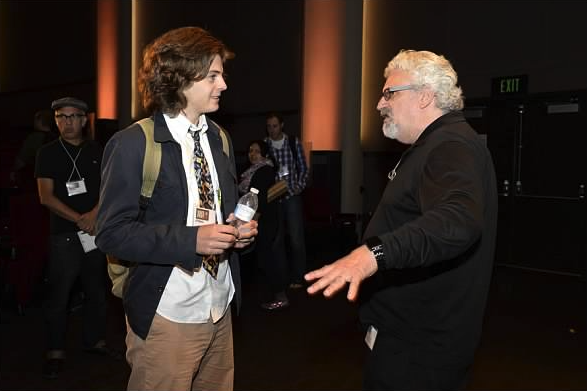
I met Norman Hollyn (Head of USC School of Cinematic Arts) at the ACE EditFest 2015 at Disney Studios in Burbank where Vashi Nedomansky was one of the speakers.
In the Summer of 2015, I was offered the opportunity to intern with filmmaker Vashi Nedomansky. I would spend 3 weeks living and learning with him. Coming out to California for this adventure was like seeing a really old friend. You are nervous, excited, and afraid if she or he has changed and if you will still feel that proximity and common ground that you once had. I was afraid what I might find, and how I might react to this “do or die” experience.
ARRIVAL
When I arrived at the Vashi’s home, I was met with such open arms it seemed like I was seeing a cousin I had not seen in many long years. It only took a couple minutes before the ice was broken, if ever there was any to begin with. As we sat down for dinner that night, we talked a lot about the history of Vashi’s life, the history of my life, my trip from Florida to California and most prominently, film. It almost felt like a second home being around someone so like-minded. Vashi kindly invited me to join him at Walt Disney Studios where he was speaking at EditFest LA 2015 hosted by the ACE (American Cinema Editors).
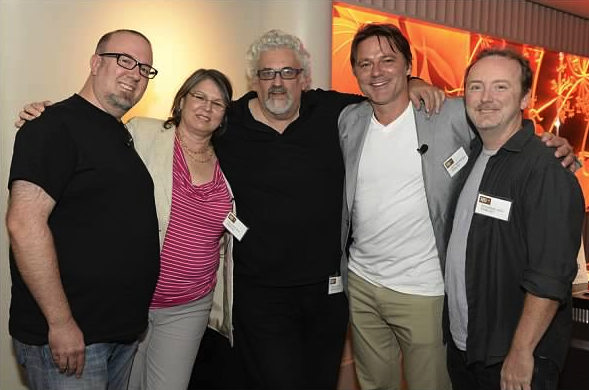
I watched: John Venzon, Dody Dorn, Norman Hollyn, Vashi Nedomansky & Doug Blush speak at EditFest LA 2015
DAY 1 – BIG NED DOCUMENTARY
When I woke the next morning, I was ready to venture into a hard day’s work. After a delicious breakfast from the local café, I went with Vashi into his office, (AKA “The Bat Cave”), and we started enhancing the trailer for his upcoming documentary film “Big Ned.” The documentary is about the first hockey player to defect from a Communist country and play in the National Hockey League (NHL). His name is Vaclav Nedomansky and he is Vashi’s father. There could not be anyone more fit to tell the story.
The first thing I learned was how time consuming editing can be. For a minute and a half trailer, it took us the whole day to make necessary revisions and enhancements and it was not even the final version. With every little change, you had to adjust the timing of the music, the light burst, all sound designs, etc. Vashi and I talked about how to make the trailer as emotionally grabbing as possible.
However, the day did not last long because unfortunately, halfway into the day, I felt a migraine from such an arduous couple days of travel and went straight to bed for the rest of the day. I felt bad though because I was in the presence of such an opportunity and I did not want to make it seem like I was taking it for granted, but Vashi was very understanding.
In the days following, Vashi assigned me the task of looking through over a dozen hours of hockey footage to include in his Big Ned documentary, which was surprisingly really cool. There were at least 10 clips, most around 2 hours long (the length of a hockey game). My job was to mark when Vaclav Nedomansky did something noteworthy or mentionable on the ice. In addition, I marked any moment that seemed right for the type of story Vashi wanted to tell. By that, I simply mean I was trying to add flair by using a variety of shots.
Because of the environment of my workplace, I looked through about 2 clips a day. When I was not watching rare hockey footage, I was either hiking with Vashi, playing hockey or tennis with Vashi, or eating from the local café. It took me a little less than a week to finish watching all the clips. Truthfully though, it hardly felt like work.
Firstly, I was watching rare hockey footage; secondly, I could work from my bed. And thirdly, in the long run, I was helping with a film, which I felt super excited about because as a filmmaker there is nothing better than seeing your contribution to a film, whether it is the lighting that hits the actor’s face, or a certain touch in the production design that makes the scene more of a breathing entity rather than just video on a screen. My contribution was to possibly see shots that I marked that I thought felt right for the film in the final cut. Even though it might be minimal, it meant a lot to me.
The next task Vashi gave me was to scan photos. He said, “I need as many assets as possible.” The photos I scanned included Vaclav Nedomansky at certain times in his life, from when he was still in Europe to when he defected to America, but mostly from him in America. Only a selected few would be up for display in the documentary. Each photo was meant to provide a striking image in the audience’s mind while whoever was narrating behind that photo would provide context to what you were seeing.
DISCOVERING THE LAND
As the week progressed, I got to see the surrounding areas outside Los Angeles including Palm Springs and Joshua Tree. One of the things I could not stop admiring was the landscape of the desert. I had never been to the American desert before. I had only seen what it looked like in shows like Breaking Bad and passing pictures on the Internet.
In addition, we witnessed an “apocalypse,” as you will see in the pictures below. A forest fire brewed just over the mountain North from where we were. It covered the clear blue sky with a smoky orange (exactly like Mad Max: Fury Road). First, Vashi and I rubbed our eyes in awe, then we quickly packed our camera gear and drove to a vantage point to get the clearest possible shots, where Vashi talked to me about cameras and how the different settings showed different ways of looking at the same shot.
What I realized is: no matter how much you talk about what goes in to making films, you only really learn from first-hand experiences. When you are doing or practicing what you have learned to see for yourself, a world of possibilities open up. But the sky that day was easily one of the most insane things I have ever witnessed.
THE SEED
On the 3rd of July, we completely scrapped all previous 4th of July plans and instead decided to drive to the lava tubes in Mojave National Preserve to shoot a short film. What is a lava tube? Well, it’s a cave molded from dried out lava.
Going on this spontaneous journey was not all we did. Out in the desert, there is so much untapped scenery, and we could not think of a better place than where we were going to shoot our very own movie. I call it… “The Seed”. Vashi told me to write a script/story with only the following assets at hand: a lava tube, some sand dunes, two actors, one car, a road, and no dialog. A true cinematic challenge.
After shooting all across the Mojave desert on the 4th of July, we arrived at the lava tube somewhere around 5:30 p.m. At that point, it was a race against time. The sunlight was surely moving down onto the horizon, and Vashi, our director, editor, and DP, became as focused as a homing missile. His directions were quick and relentless. I was fully on board with what we were trying to accomplish. And at the end of the day, our rushed shoot had a very, very good outcome. The sun’s lighting was near perfect, and just like most good films, we got really lucky and we had a great director. The Seed, coming soon!
FINAL THOUGHTS
Vashi taught me so much about film. The day we shot “The Seed”, I learnt how to handle a movie with extremely little time and resources, and how that affects the director’s visualization of the project. Because now, the director cannot think about the details, the director must think about advancing the story as quickly as possible. He cannot add those little intricacies that made a good film great, or a great film greater.
And even though we only had 3 people, some props, and a camera, you can learn so much from a person like Vashi, who takes every little piece of the project seriously. He talked to me about what it was like on some of his sets and what a director’s job is. He said on a film set, directors are constantly saying “yes” or “no” to thousands of questions a day during the shoot. The answers the director gives to these questions determine the outcome of the scene that the production has been prepping for the whole day.
Vashi’s knowledge was constantly proved through 10-minute rants about the industry, or certain aspects. He had a constant drive to learn new information, and it was not anything that ever seemed forced, like it was his greatest pleasure to work where he was working. I think, ultimately, you have to find pleasure in learning all there is to know, in any job pursuit, or else, along with many other factors, whatever you end up pursuing will end up pursuing you, and you will not find happiness.
In closing, I have never felt more welcomed. Not only did Vashi and I share a strong appreciation for hockey, but also an unquenchable love for cinema. To be around someone with the same dreams and ambitions is one of the greatest gifts I could ever receive. And not only that but to collaborate with Vashi has been a tremendous experience. It was a journey, one I will never forget. And it convinced me even more than I initially thought that this is the only career I want out of life.
Before I came here, I was a naïve young filmmaker. Through this unforgettable experience, I have learnt a lot of hard truths* (*I never acknowledged the business and marketing of filmmaking) about what it means to be a part of this industry. Even after taking these hard truths into account and having absorbed them, I still felt there was nothing else in society that compelled me as much as filmmaking.
I want to make films. And if I have to push through all the noise of business and ego’s that will stop me from getting there, so be it. I live for the days in movie making where I know I have made something I can be proud of, despite all other opinions. If I like what I make under the circumstances I am in, then that is good enough for me, but that is not where my ambition stops.
Cheers Vashi. Thank you. Let’s keep in touch!
[schema type=”person” name=”Samson Pojdl” orgname=”VashiVisuals” jobtitle=”Film Intern” ]
Twitter: @sir_pojdl
Instagram: @best_of_samson
Blog: sett.com/shortshorts
UPDATE:
After working with Vashi he reached out to The Asylum (where he edited SHARKNADO 2) and arranged another internship for me there. I spent 2 weeks working in both the offices at Burbank and also on two film sets of active productions. I ran errands and assisted the executive producer on his film THE SHAMAN which is a futuristic zombie western. It was eye-opening as even though this wasn’t a 100 million dollar Hollywood studio film, there were more than 100 people working on the film. Everyone had their job and everyone took it seriously. I now fully appreciate both the creative and business side of filmmaking. There’s a lot to learn!

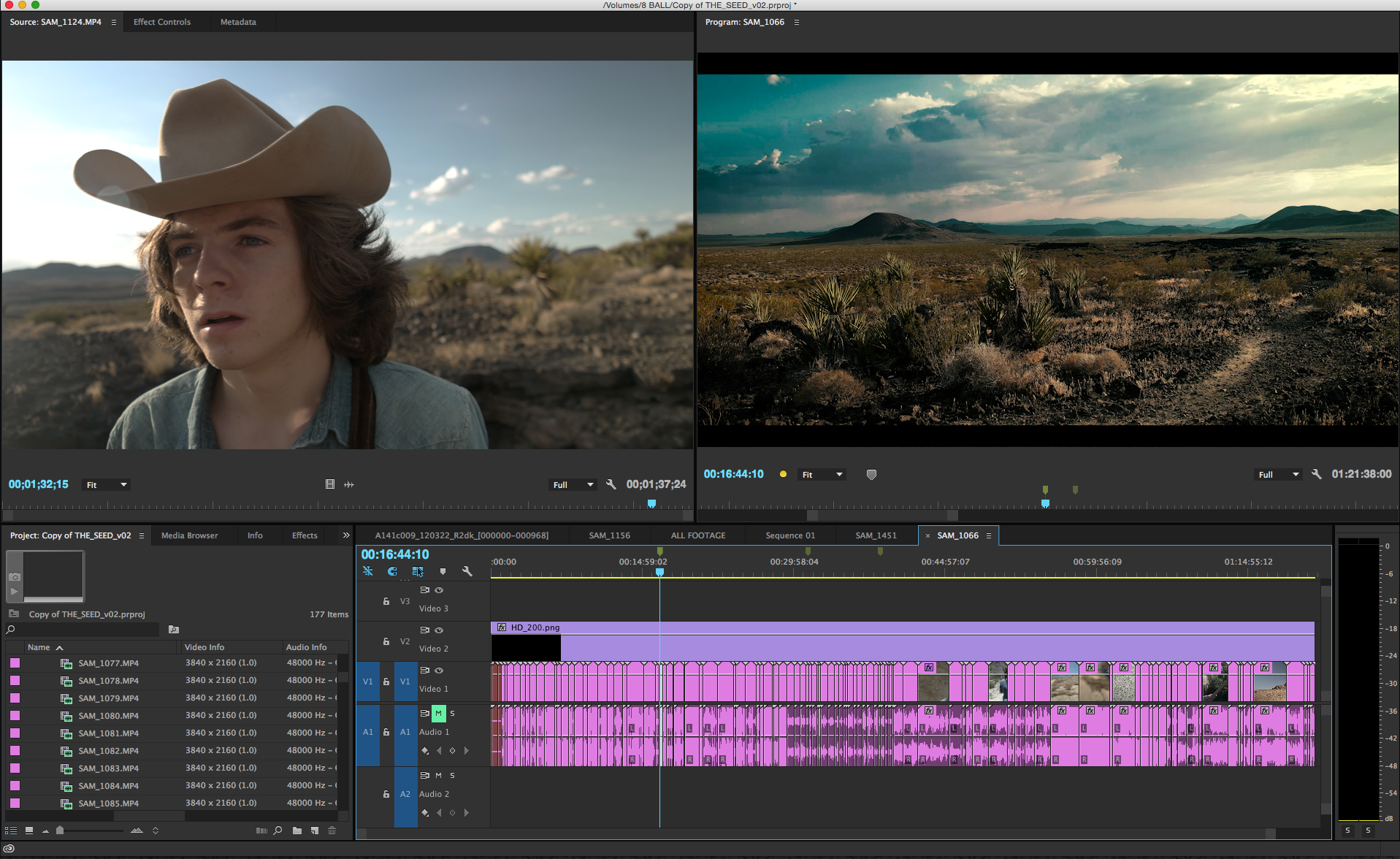
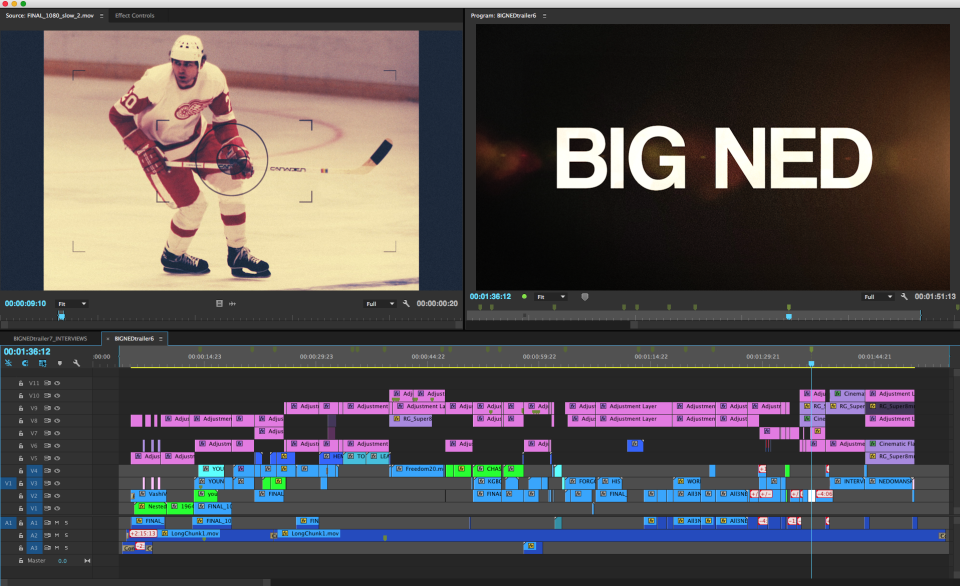
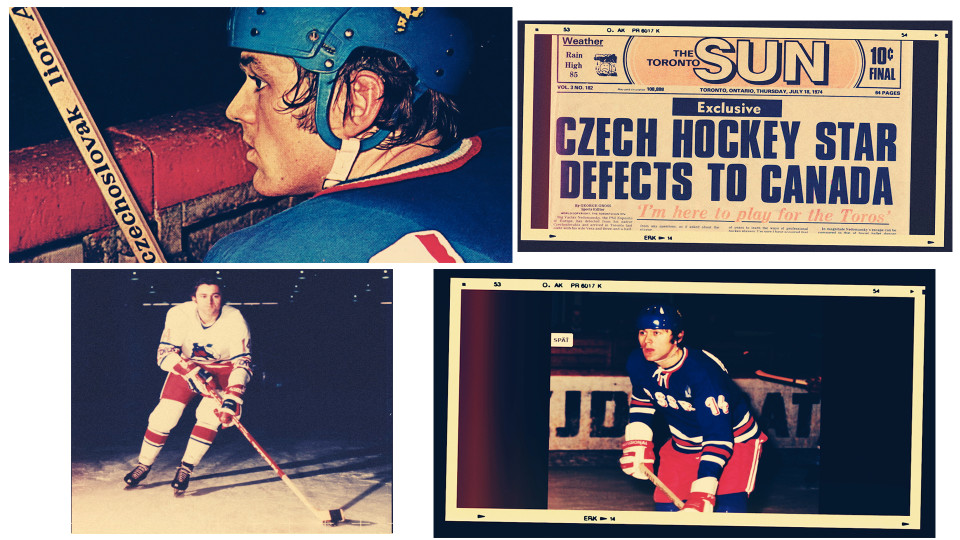
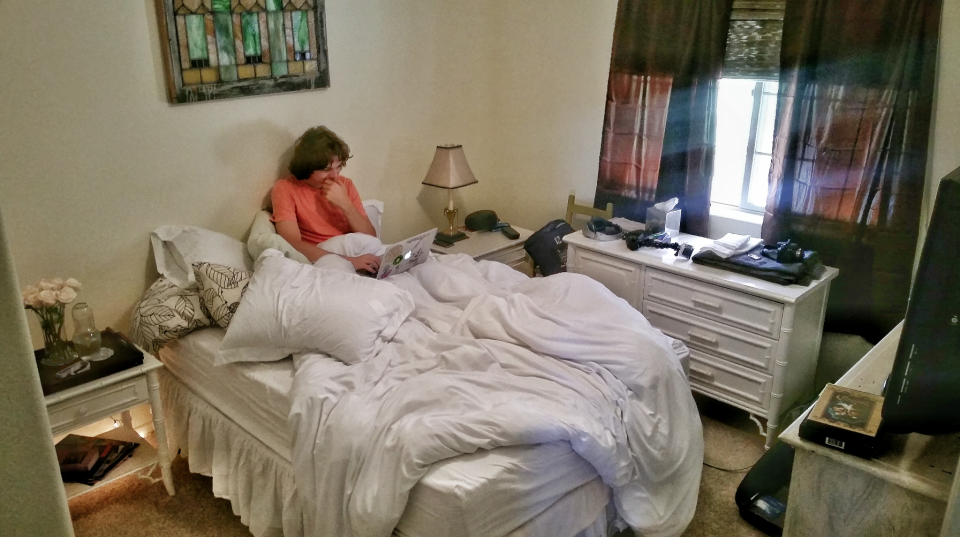
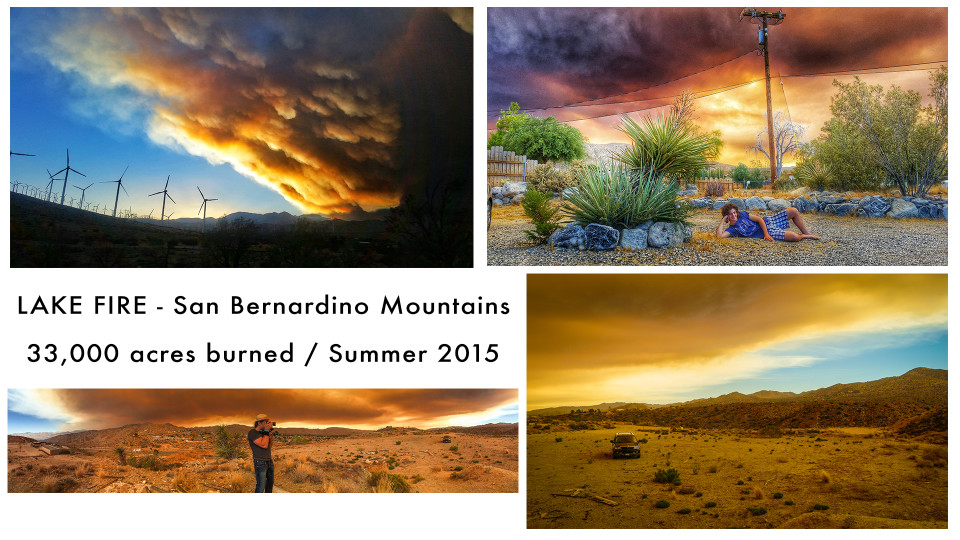
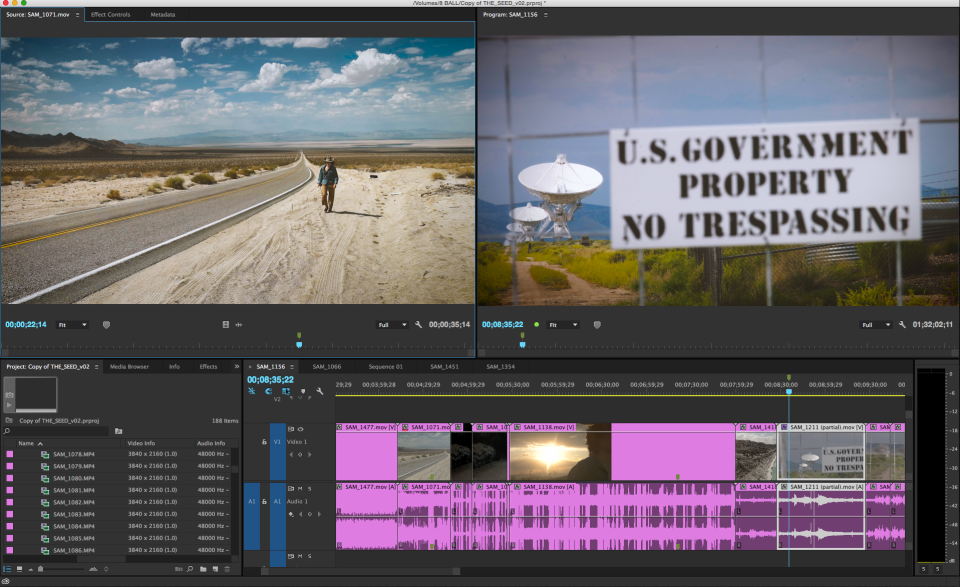
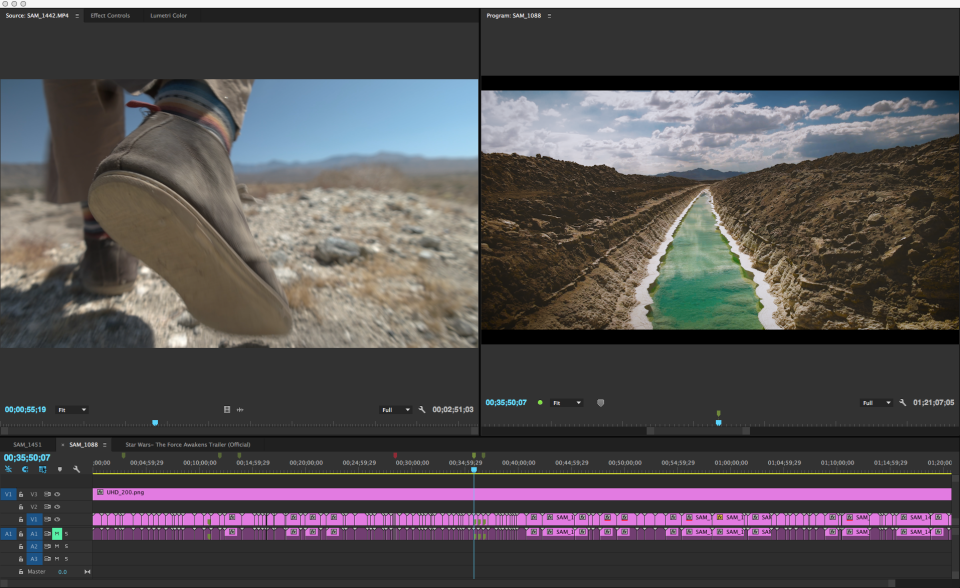
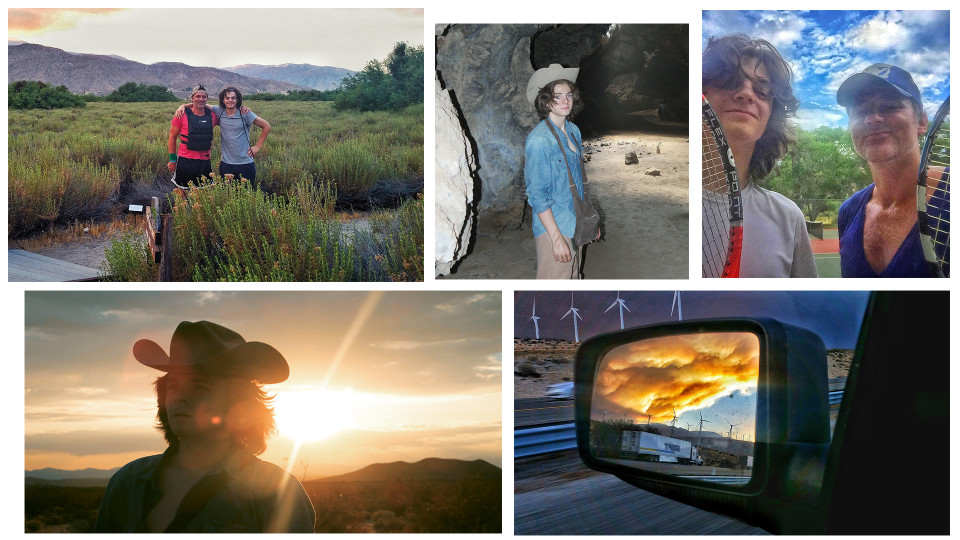
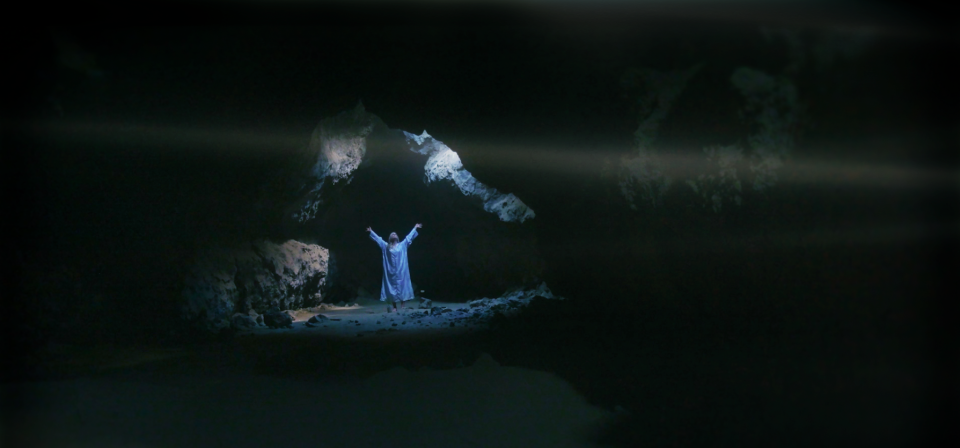
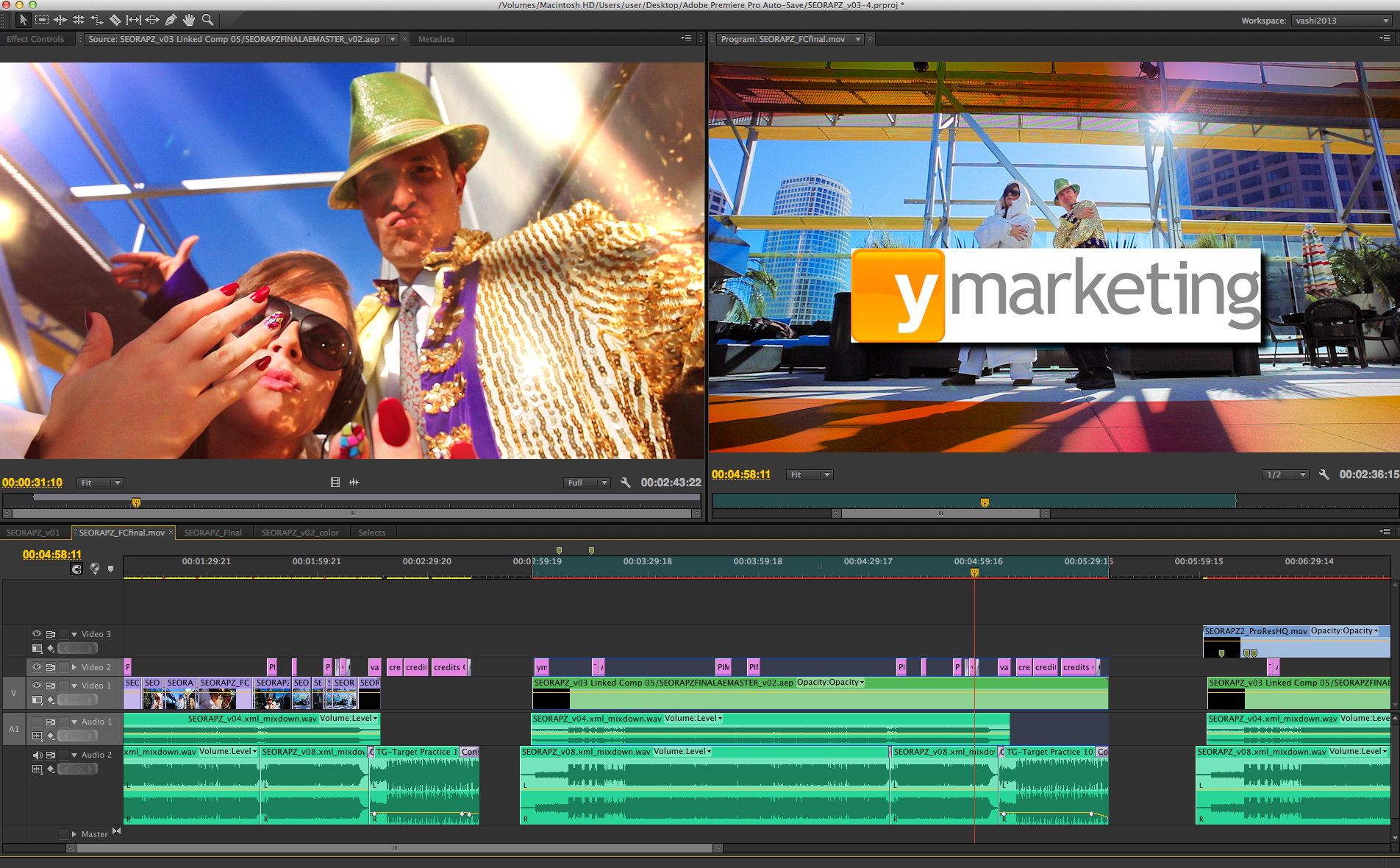
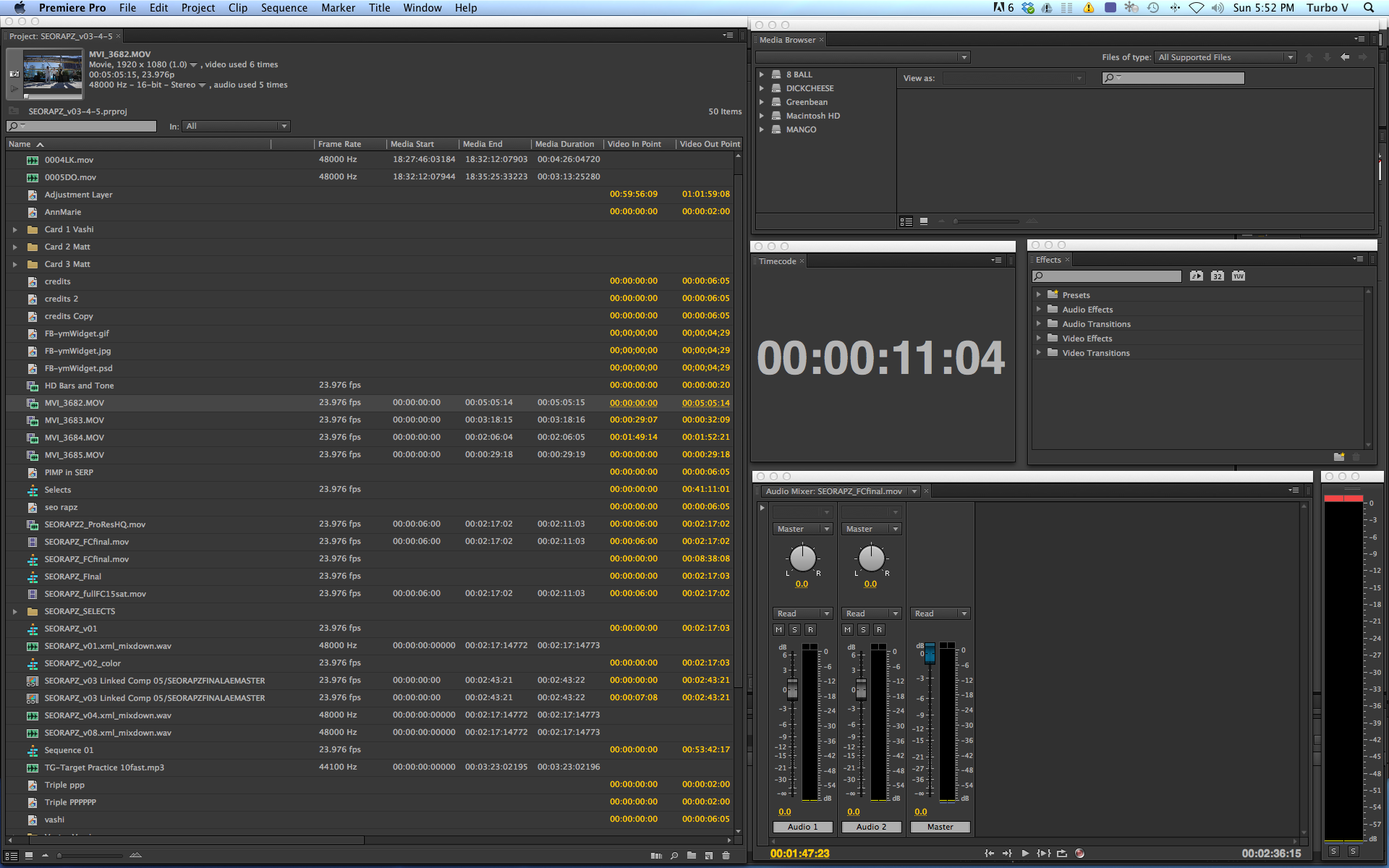
There are 2 comments
very nice article Samson, I think many aspiring filmmakers/storytellers can learn from your story. Especially like the butterfly effect that having one good experience lead to another internship. Let us know if you are sharing this experience somewhere else! Good luck with your creative journey, Nathalie
This boy is very lucky to have the opportunity to learn so much. 😉